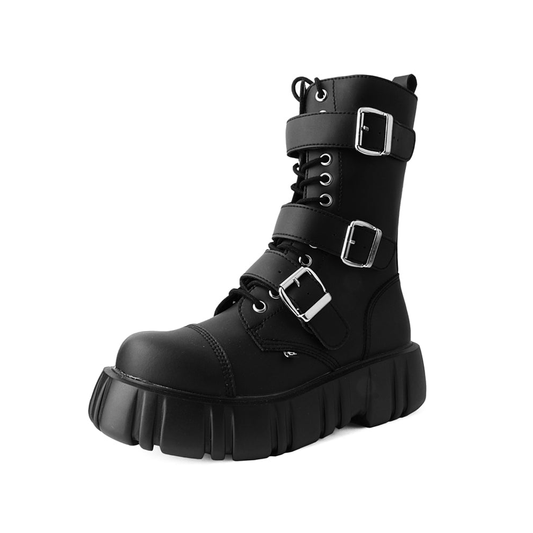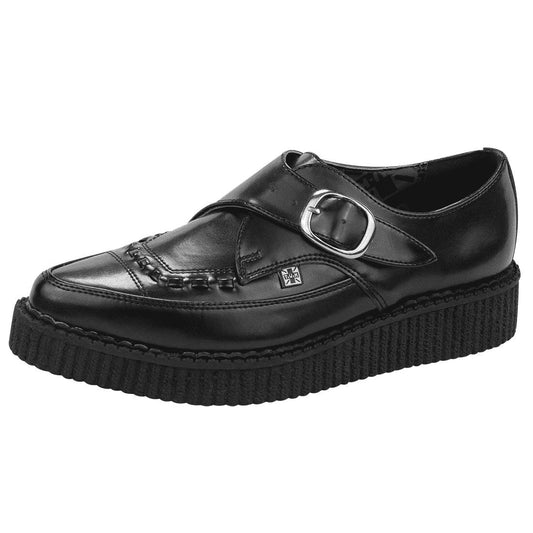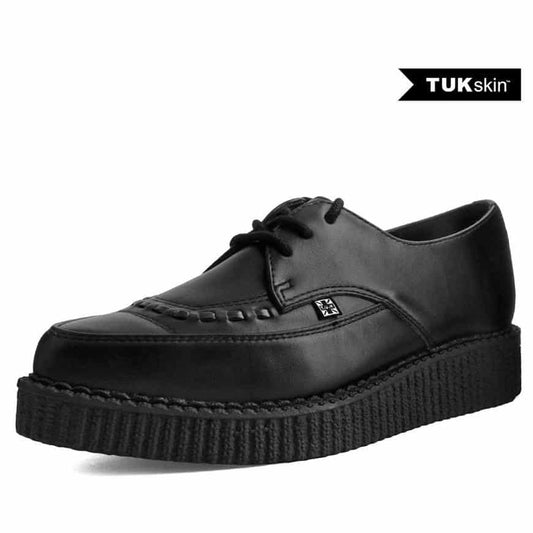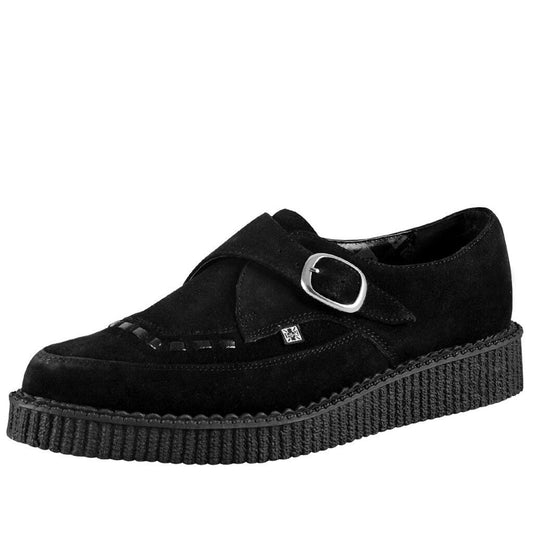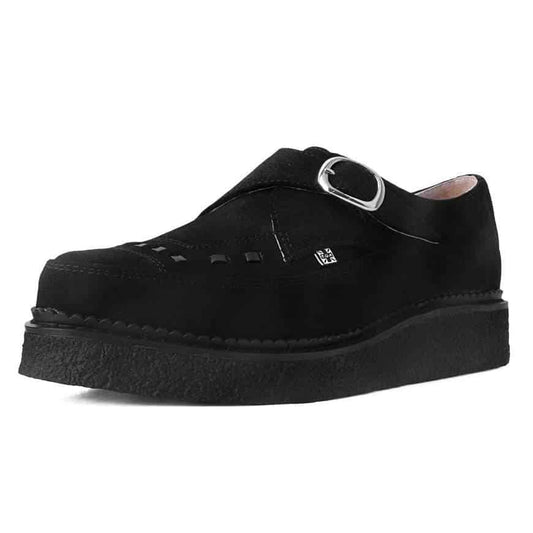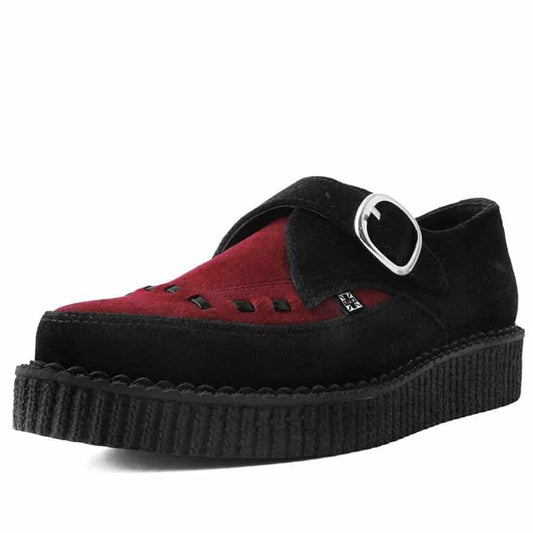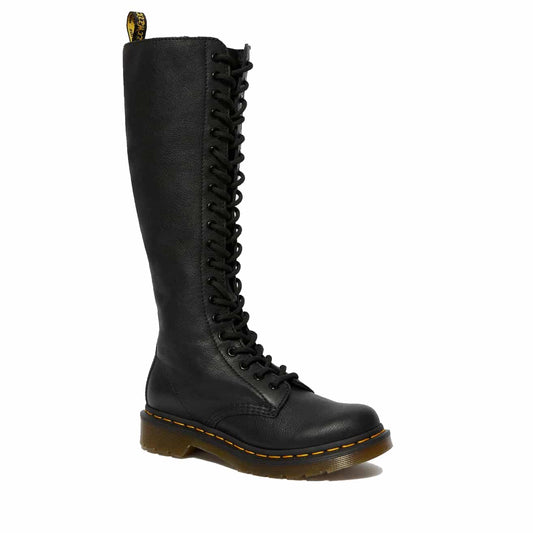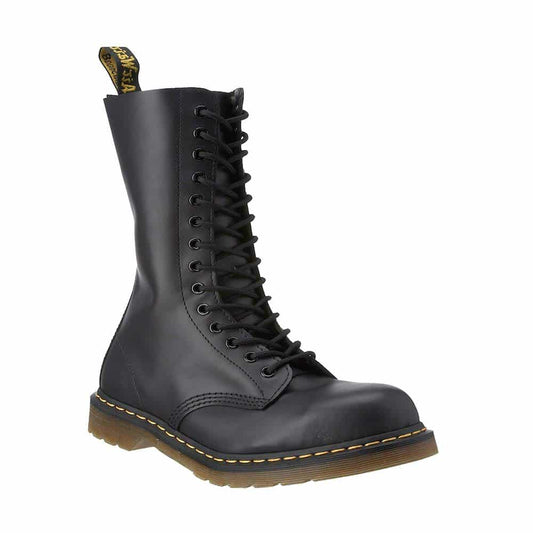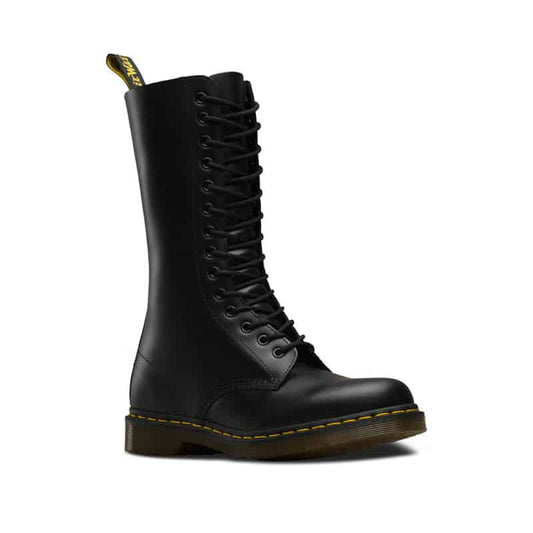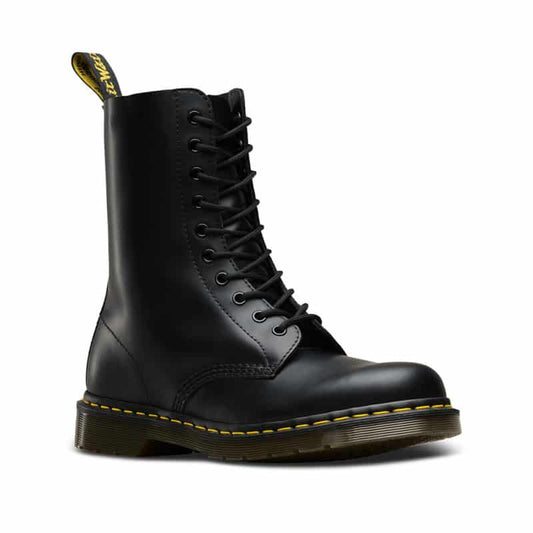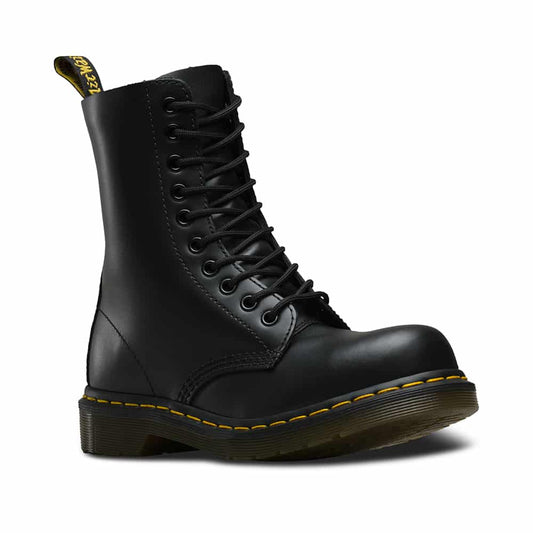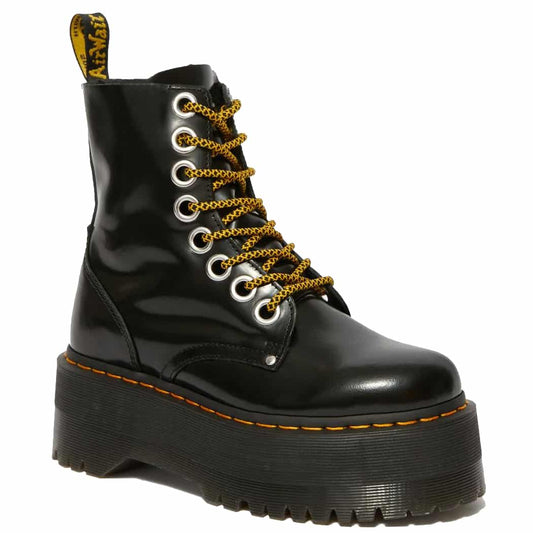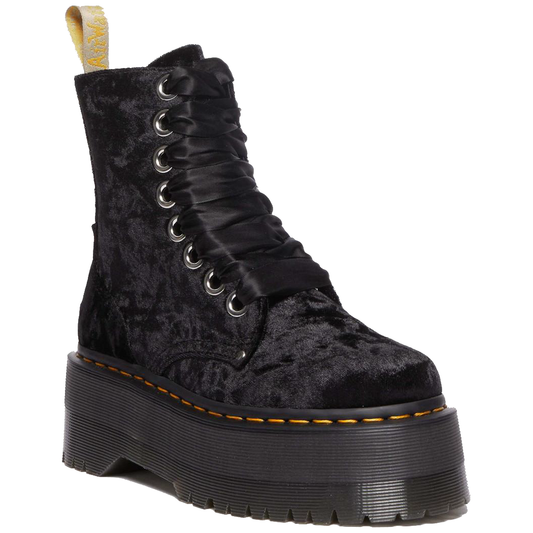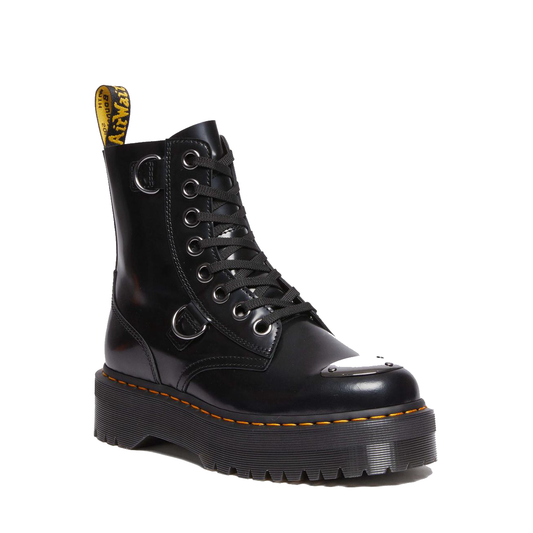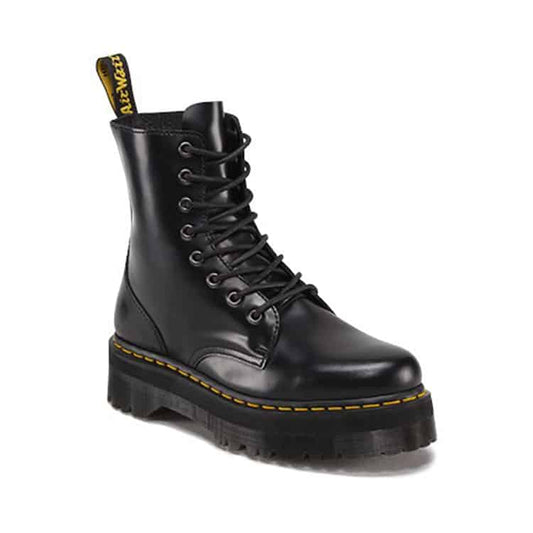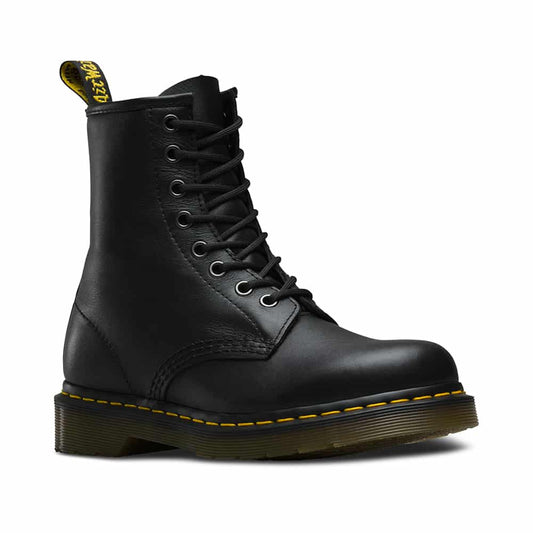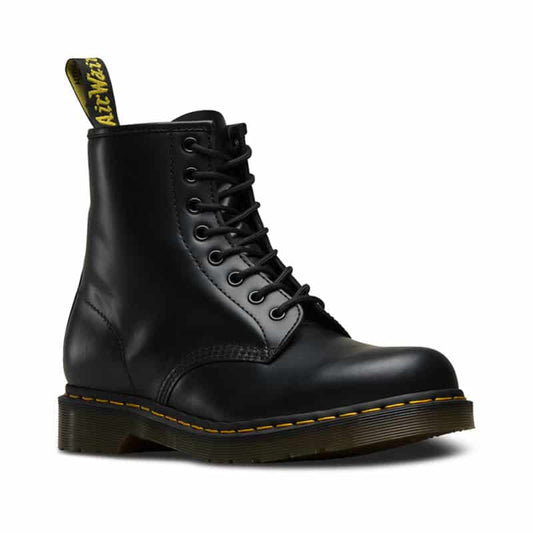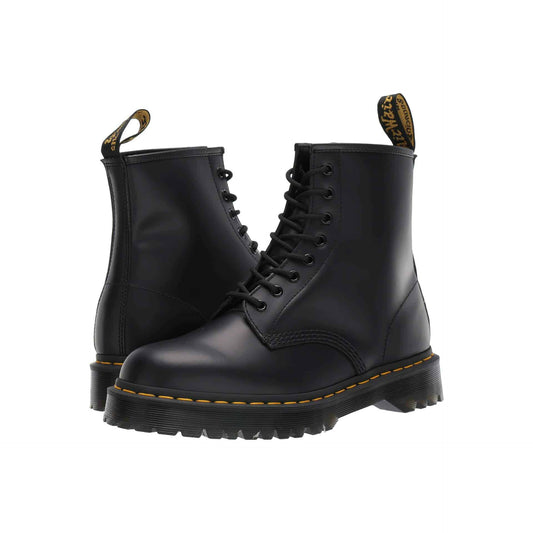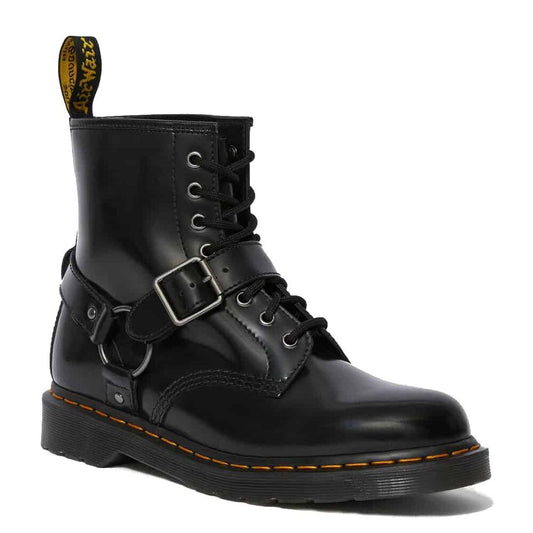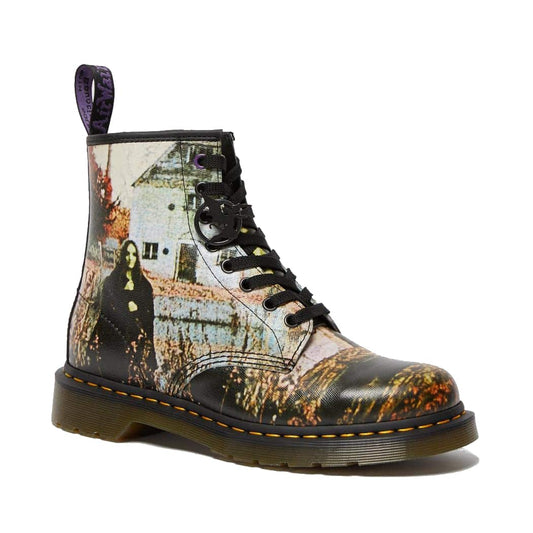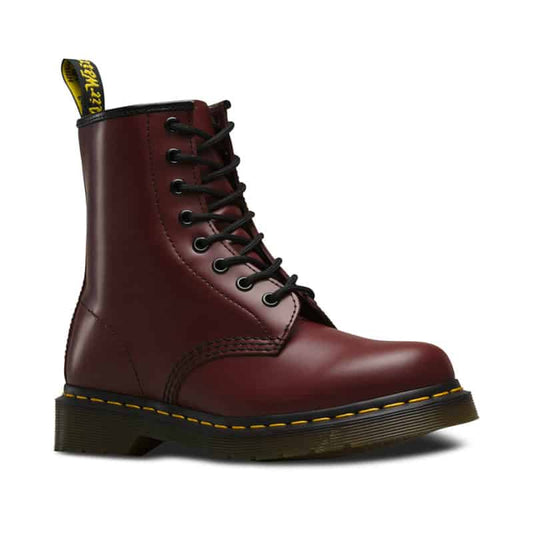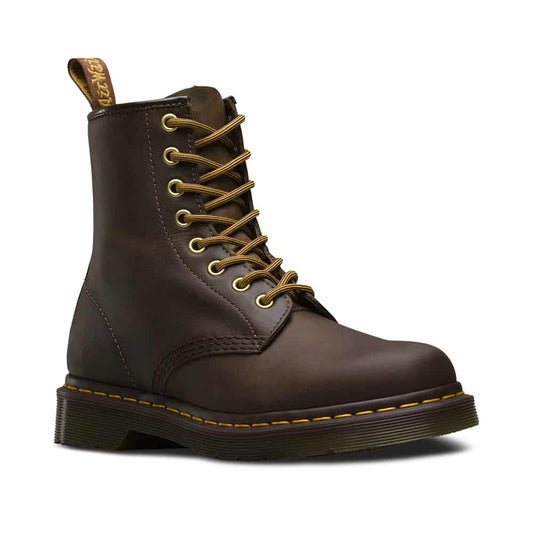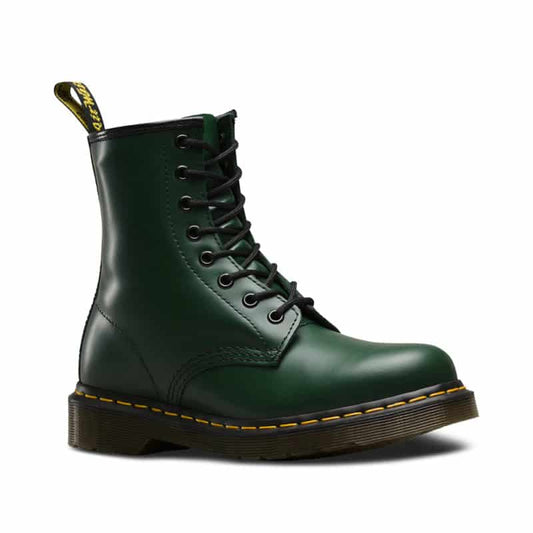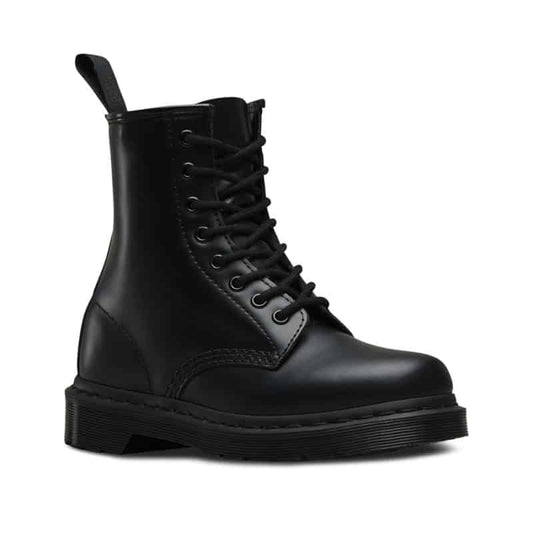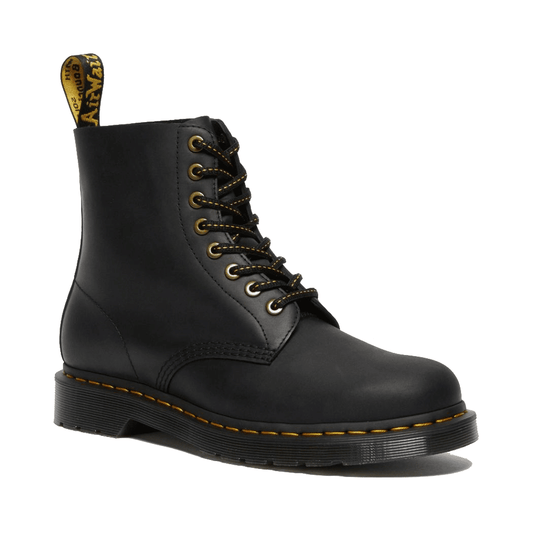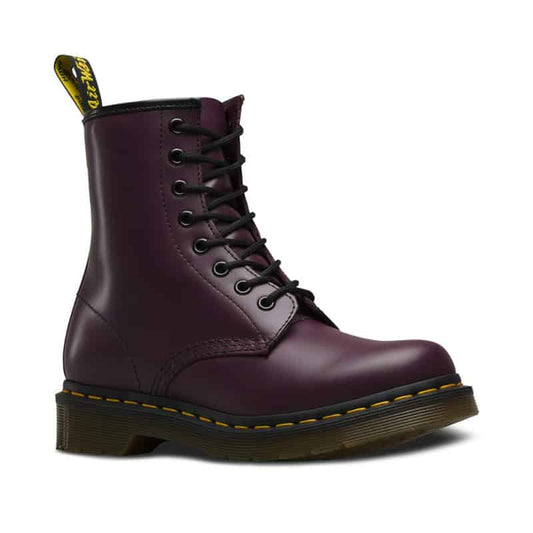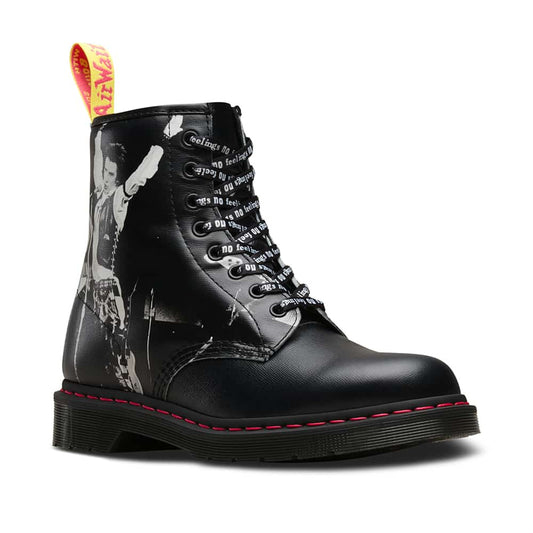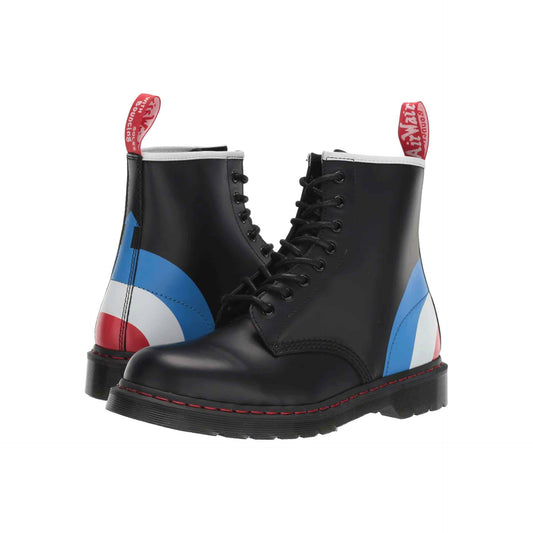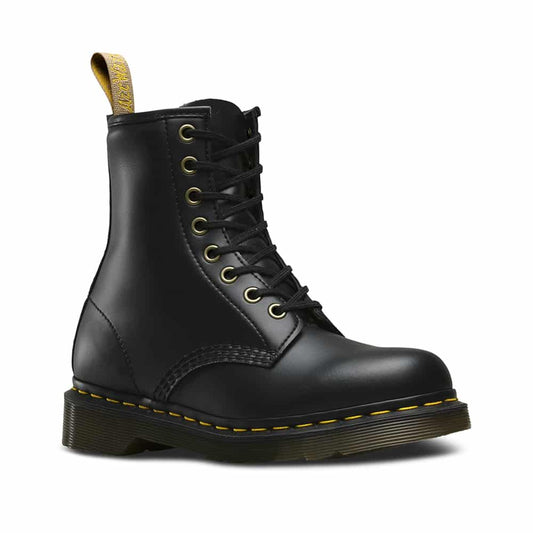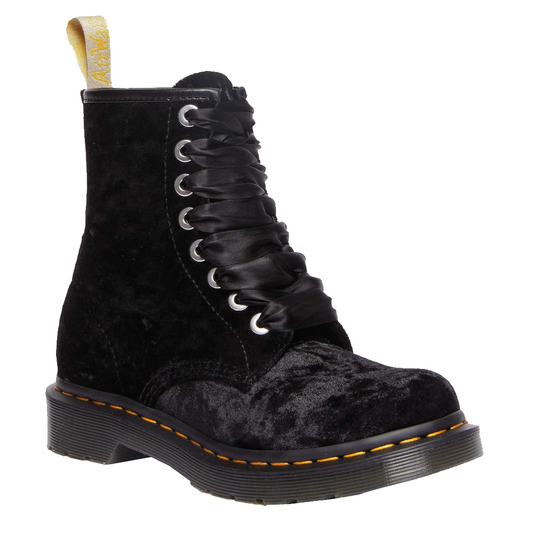Company
Collection: Mens Shoes
-
TUK Black TUKskin Platform Airship Boot
Regular price $139.99 USDRegular priceUnit price / per -
TUK Brush-Off Nosebleed Boot A3019L
Regular price $105.99 USDRegular priceUnit price / per -
TUK Black Canvas 8-Eye Sneaker Boot
Regular price $89.99 USDRegular priceUnit price / per -
TUK Black Leather Pointed Creeper A8520
Regular price $119.99 USDRegular priceUnit price / per -
TUK Black Pointed Creeper A9323
Regular price From $119.90 USDRegular priceUnit price / per -
TUK Black Suede Pointed Creeper A8139
Regular price $119.99 USDRegular priceUnit price / per -
TUK Black Suede Pointed Original Creeper D9765
Regular price $119.99 USDRegular priceUnit price / per -
TUK Black White Leather Pointed Creeper A3017
Regular price $119.99 USDRegular priceUnit price / per -
TUK Burgundy Suede Pointed Creeper A9592
Regular price From $99.99 USDRegular priceUnit price / per -
TUK Dark Cedar Suede Creeper
Regular price $119.99 USDRegular priceUnit price / per -
Dr. Martens 1B60 Black Virginia 20-Eye Boot
Regular price $200.00 USDRegular priceUnit price / per -
Dr. Martens 1B60 Bex Pisa Leather Knee High Boots
Regular price $230.00 USDRegular priceUnit price / per -
Dr. Martens 1940 Black 14-Eye Steel Toe Boot
Regular price $199.99 USDRegular priceUnit price / per -
Dr. Martens 1914 Black Smooth 14-Eye Boot
Regular price $200.00 USDRegular priceUnit price / per -
Dr. Martens 1490 Black Smooth 10-Eye Boot
Regular price $180.00 USDRegular priceUnit price / per -
Dr. Martens 1919 Black Fine Haircell Steel Toe 10-Eye Boot
Regular price From $189.99 USDRegular priceUnit price / per -
Dr. Martens Black Jadon Max Platform Boot
Regular price $220.00 USDRegular priceUnit price / per -
Dr. Martens Vegan Jadon Max Crushed Velvet Platform Boot
Regular price $229.99 USDRegular priceUnit price / per -
Dr. Martens Jadon Toe Guard Platform Boot
Regular price $219.99 USDRegular priceUnit price / per -
Dr. Martens Black Jadon Platform 8-Eye Boot
Regular price $209.99 USDRegular priceUnit price / per -
Dr. Martens 1460 Black Nappa 8-Eye Boot
Regular price $170.00 USDRegular priceUnit price / per -
Dr. Martens 1460 Black Smooth 8-Eye Boot
Regular price $170.00 USDRegular priceUnit price / per -
Dr. Martens 1460 Black BEX Platform 8-Eye Boot
Regular price $180.00 USDRegular priceUnit price / per -
Dr. Martens 1460 Black Harness 8-Eye Boot
Regular price $166.00 USDRegular priceUnit price / per -
Dr. Martens 1460 Black Sabbath Boot
Regular price From $225.00 USDRegular priceUnit price / per -
Dr. Martens 1460 Burgundy Smooth 8-Eye Boot
Regular price $169.99 USDRegular priceUnit price / per -
Dr. Martens 1460 Cherry Red Smooth 8-Eye Boot
Regular price $170.00 USDRegular priceUnit price / per -
Dr. Martens 1460 Gaucho Crazy Horse 8-Eye Boot
Regular price $170.00 USDRegular priceUnit price / per -
Dr. Martens 1460 Green Smooth 8-Eye Boot
Regular price $170.00 USDRegular priceUnit price / per -
Dr. Martens 1460 Mono Smooth 8-Eye Boot
Regular price $170.00 USDRegular priceUnit price / per -
Dr. Martens 1460 Pascal Wild Buck 8-Eye Boot
Regular price $169.99 USDRegular priceUnit price / per -
Dr. Martens 1460 Purple Smooth 8-Eye Boot
Regular price $170.00 USDRegular priceUnit price / per -
Dr. Martens 1460 Sex Pistols Vicious 8-Eye Boot
Regular price $200.00 USDRegular priceUnit price / per -
Dr. Martens 1460 The Who 8-Eye Boot
Regular price $200.00 USDRegular priceUnit price / per -
Dr. Martens 1460 Vegan Black Felix Rub Off 8-Eye Boot
Regular price $170.00 USDRegular priceUnit price / per -
Dr. Martens Vegan 1460 Crushed Velvet 8-Eye Boot
Regular price $169.99 USDRegular priceUnit price / per
Free Shipping Over $70
BY FANS FOR THE FANS
BUY now pay later
60 Day Returns & Exchnages

